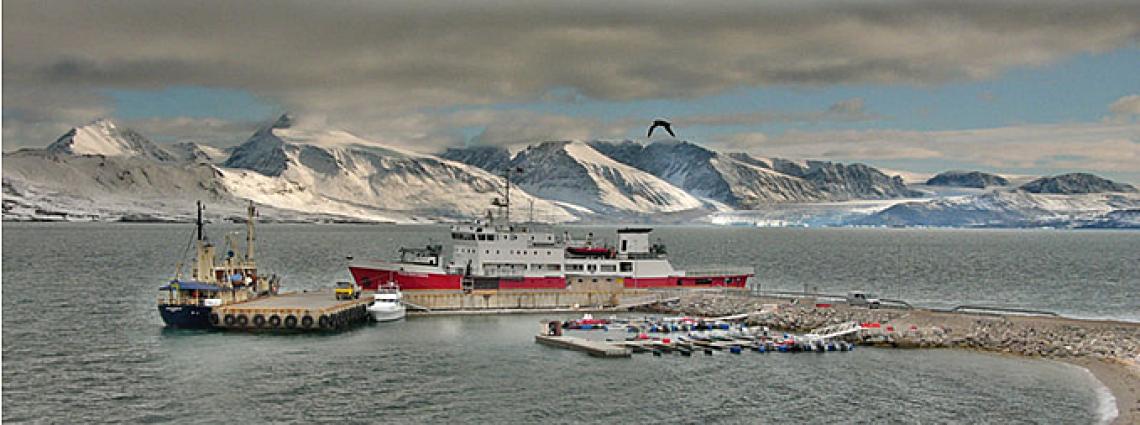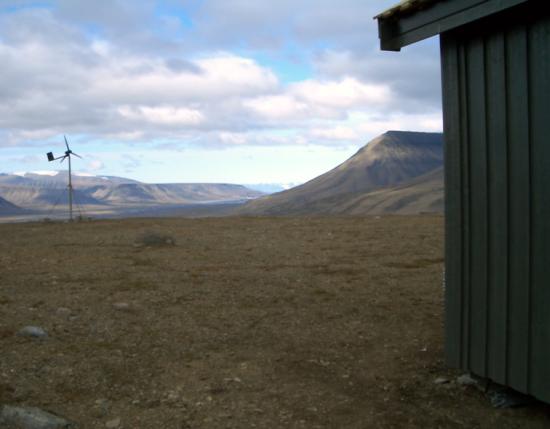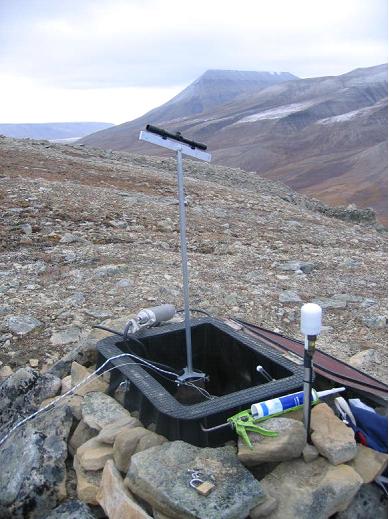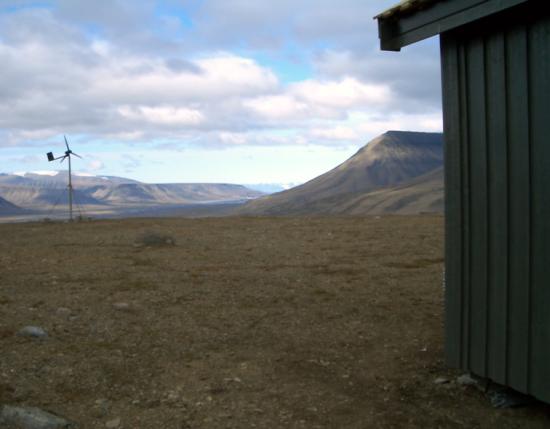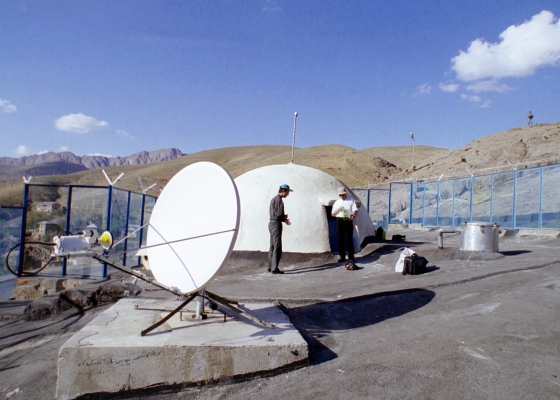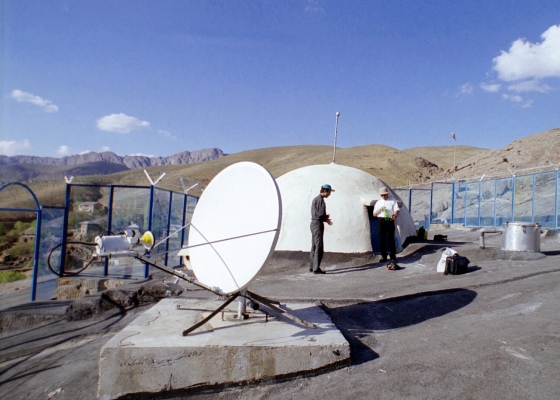AS72, Spitsbergen, Norway

Thumbnail profile: Spitsbergen
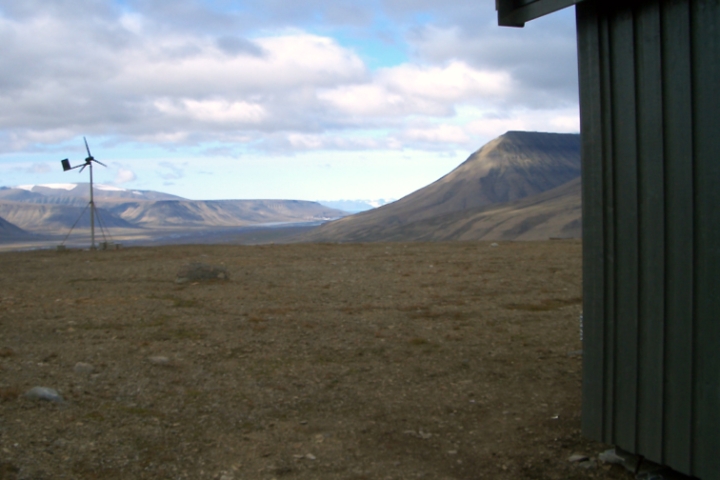
Geography and Geology
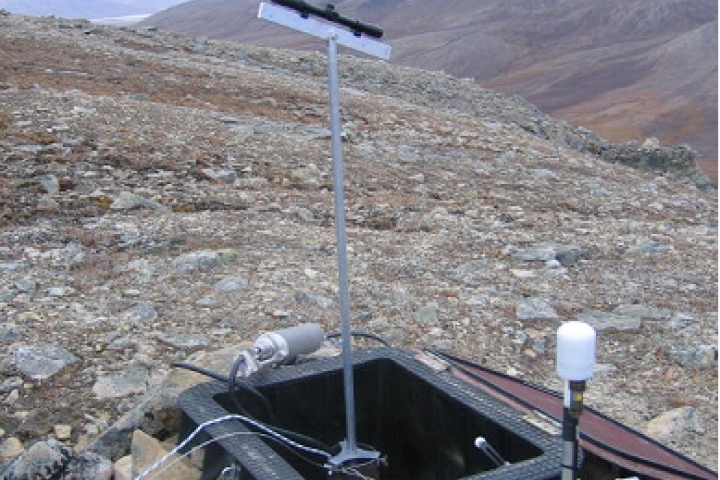
AS72, the northernmost station of the IMS network, is exposed to the arctic climate of Spitsbergen...
Climate
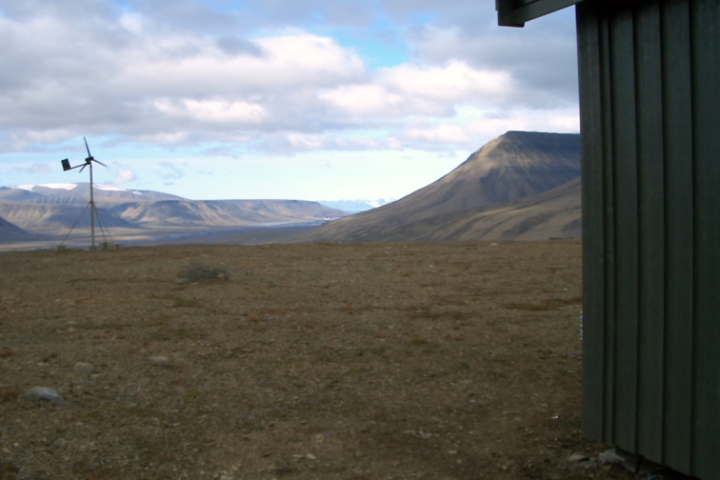
...a meteorologically very active border zone with cyclones generating unstable, often stormy weather.
Mandate of Auxiliary Seismic Stations
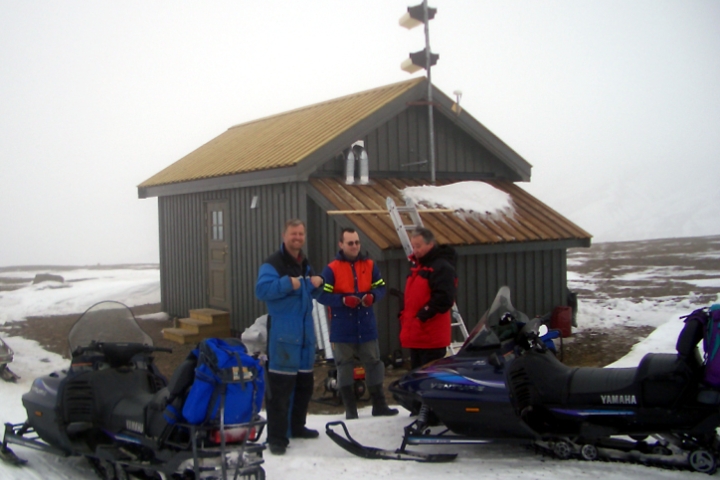
AS72 is very isolated and can sometimes only be reached on foot or by helocopter.
Station Profile


Seismic equipment at AS72.
